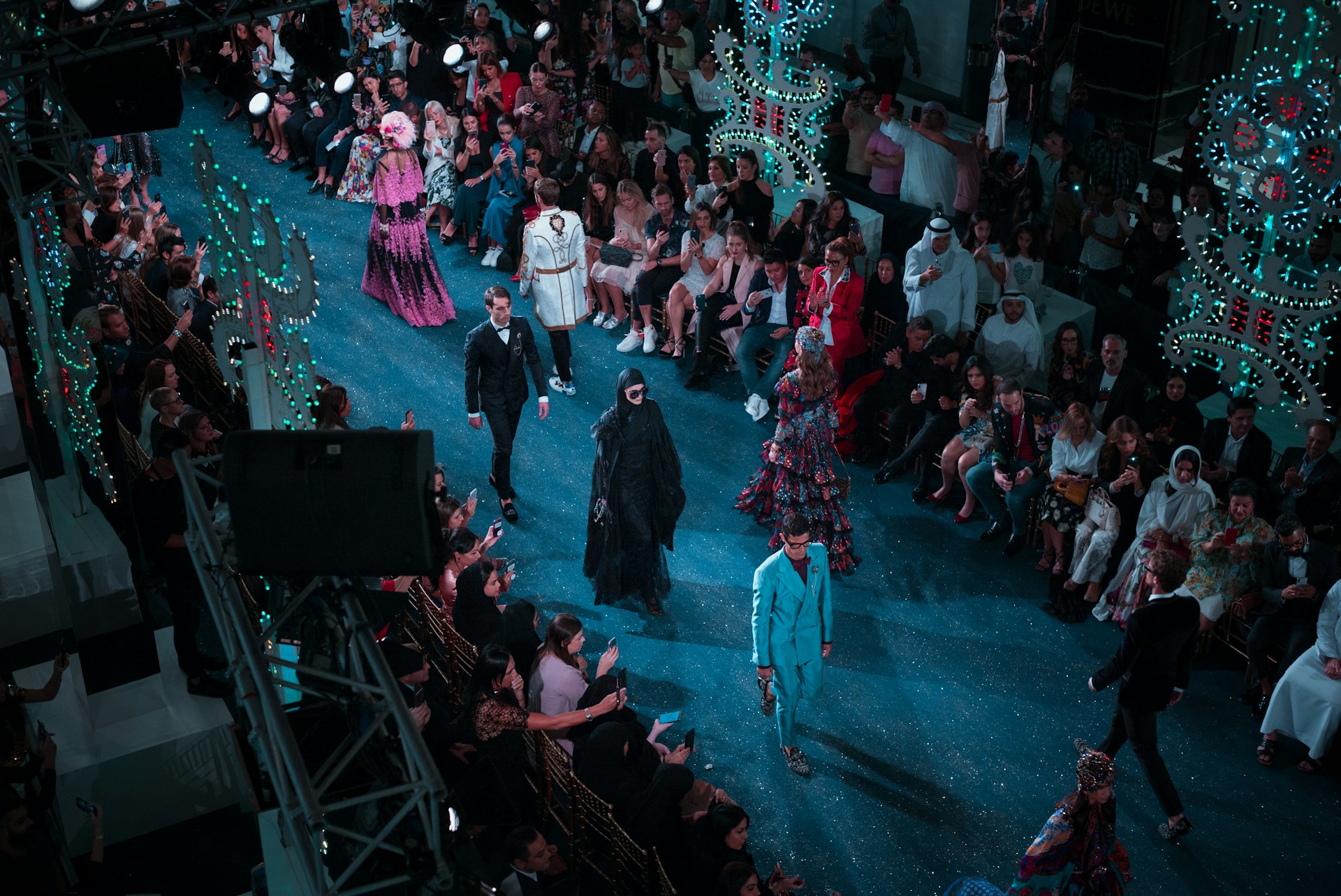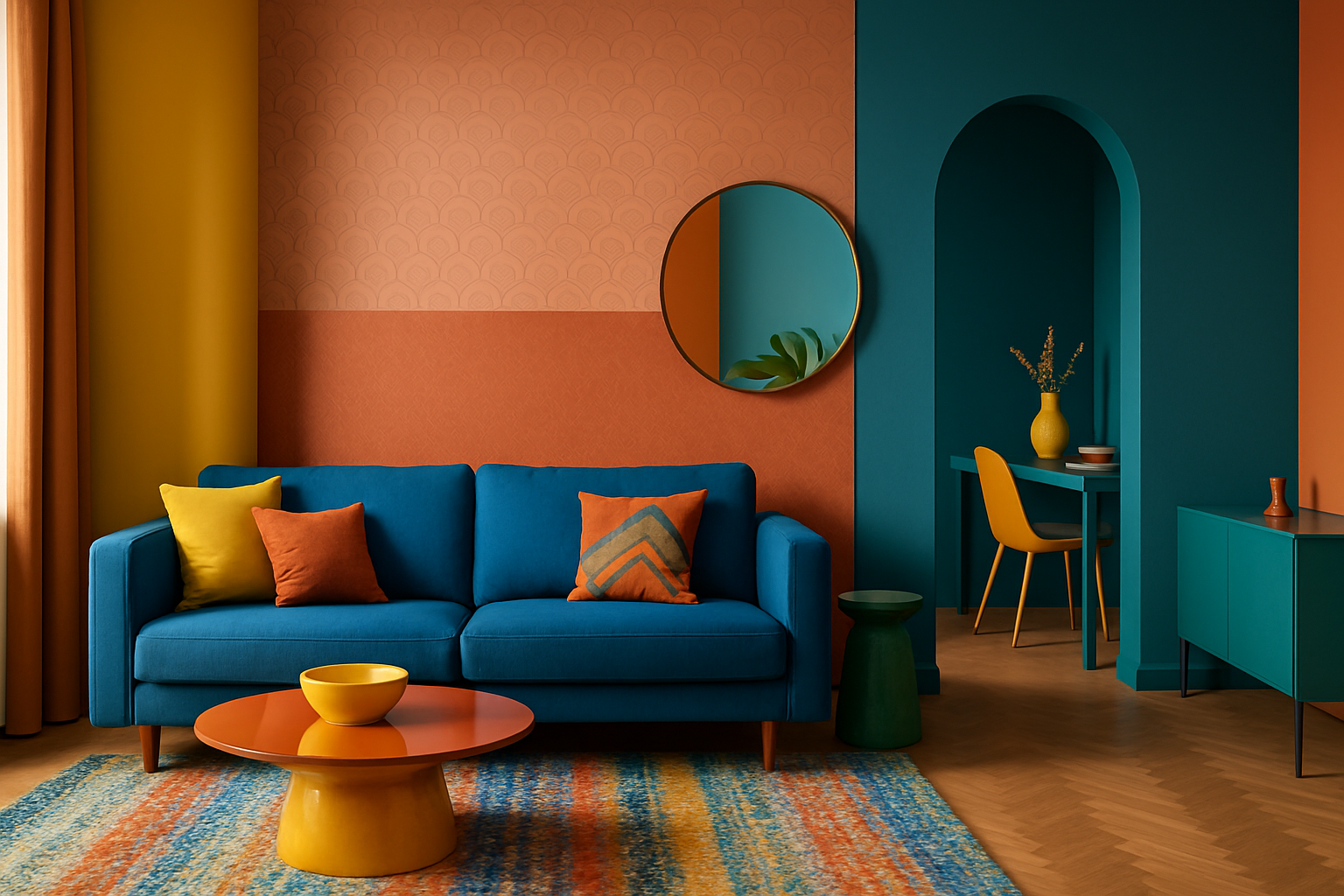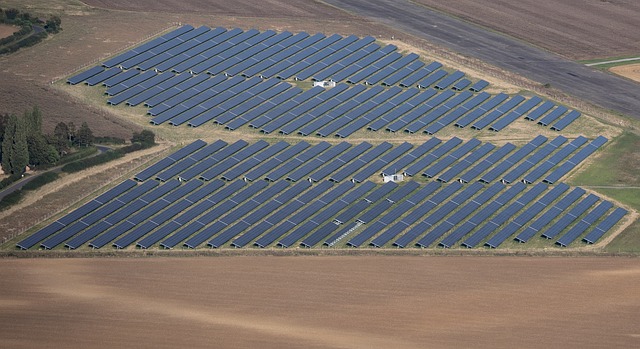The Unseen Power of Minimalist Fashion: Less is More
In the ever-changing landscape of fashion, one trend that has consistently held its ground is minimalist fashion. A style that emphasizes simplicity and function, it is a testament to the age-old adage: less is more. This article delves into the history, present, and future of minimalist fashion, exploring its appeal and influence on the shopping habits of consumers worldwide.

The Genesis of Minimalist Fashion
Minimalist fashion finds its roots in the late 20th century, a period that witnessed a shift away from the ostentatiousness that defined previous decades. It was the advent of designers like Jil Sander and Calvin Klein that marked the genesis of minimalist fashion. They introduced a new aesthetic that prioritized simplicity, functionality, and the elimination of unnecessary ornamentation. Over the years, minimalist fashion has evolved, responding to societal changes and influencing shopping behavior across the globe.
Decoding the Minimalist Fashion of Today
Modern minimalist fashion continues to embody the ethos of simplicity and elegance, with a focus on neutral colors, clean lines, and quality materials. It is a testament to the idea that dressing well doesn’t necessarily mean wearing the loudest or most expensive clothes. Instead, it emphasizes the importance of well-made and versatile pieces that can be mixed and matched to create a variety of looks. The minimalist wardrobe is therefore, characterized by timeless staples rather than fleeting trends.
Understanding the Appeal
The appeal of minimalist fashion lies in its versatility and sustainability. It encourages consumers to invest in fewer, high-quality pieces that can be worn in multiple ways, promoting a more sustainable shopping practice. Moreover, its clean and simplistic aesthetic has a universal appeal, making it a go-to style for those who prioritize functionality and ease.
The Influence on Shopping Trends
The rise of minimalist fashion has had a considerable impact on shopping trends. Consumers are increasingly opting for quality over quantity, favoring timeless pieces over trend-driven items. This shift is also reflected in the growth of brands that champion minimalist fashion, offering well-made, versatile pieces that cater to the minimalist aesthetic.
The Future of Minimalist Fashion
With growing awareness about the environmental impact of fast fashion, minimalist fashion is likely to continue gaining popularity. It aligns with the movement towards conscious consumption, promoting a wardrobe that is not only stylish but also sustainable.
Practical Insights into Minimalist Fashion
- Invest in quality basics: A solid foundation of basics is key to a minimalist wardrobe. Look for well-made pieces in neutral colors that can be easily mixed and matched.
- Prioritize fit and comfort: Minimalist fashion is all about simplicity and ease. Choose clothes that fit well and are comfortable to wear.
- Embrace simplicity: Avoid excessive embellishments and prints. Instead, opt for clean lines and simple designs.
- Choose versatile pieces: Opt for items that can be styled in multiple ways, maximizing your wardrobe’s potential.
- Quality over quantity: Instead of buying several trend-driven pieces, invest in a few high-quality items that will last longer.
In conclusion, minimalist fashion offers a refreshing contrast to the ever-changing trends of the fashion world. Its emphasis on simplicity, functionality, and sustainability resonates with today’s conscious consumers, influencing shopping habits and paving the way for a more sustainable fashion future. As we move forward, it’s clear that the minimalist fashion trend is here to stay, continuing to shape the fashion landscape with its timeless appeal.




